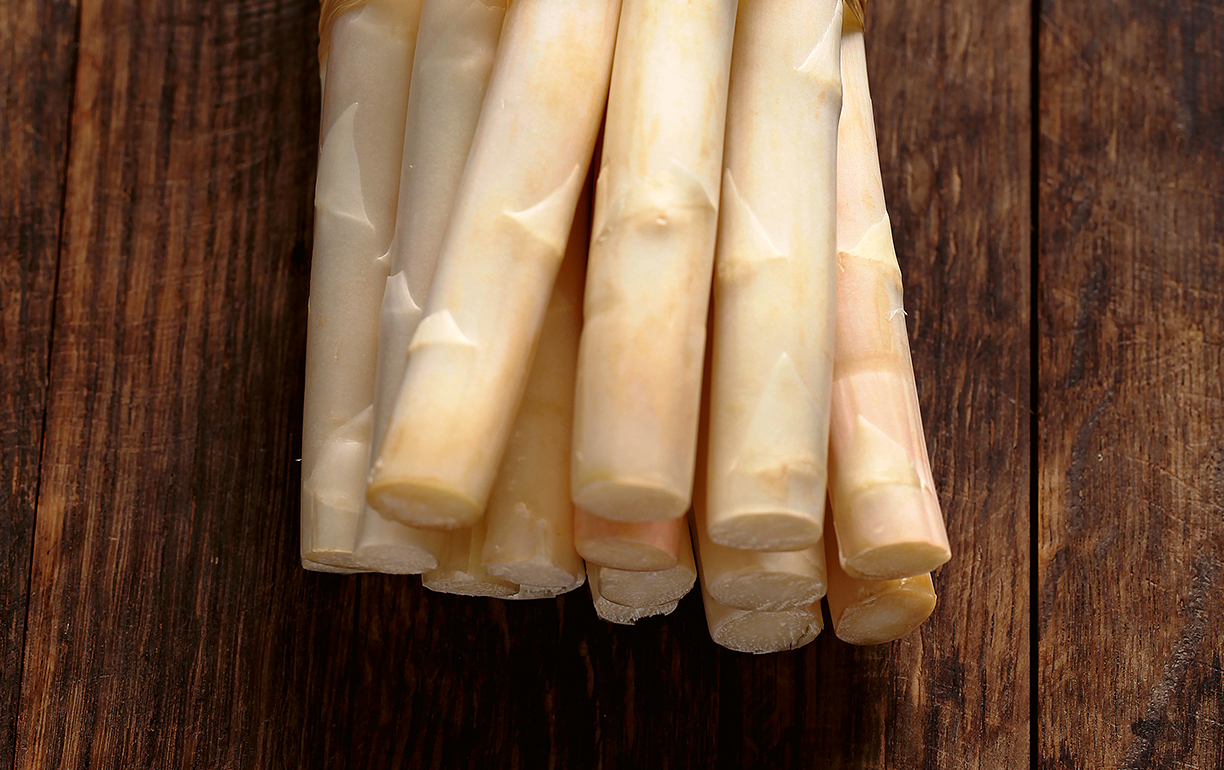
Asparagus meets the Big Apple.
“In spite of its triumphal progress through the kitchens of Europe, white asparagus is relatively unknown in the United States,” says Irene Fuchs, Senior Events Manager at the German-American Chamber of Commerce in New York. “That’s why tickets to our asparagus gala dinner are always highly sought after.” Every spring the German-American Chamber of Commerce invites members and guests to this exclusive event featuring traditional German cuisine. This year it will be held high over the rooftops of New York, in the fashionable Tribeca Rooftop. The white asparagus the guests will be able to enjoy while gazing out over the Big Apple comes from the asparagus farm Schulze in Weisenheim am Sand, 20 kilometers west of Mannheim. “We usually order between 220 and 270 kilograms. Transportation to Frankfurt Airport (FRA) is handled by EMO-TRANS,” explains Irene Fuchs. “Lufthansa Cargo then flies the asparagus as a Fresh consignment to John F. Kennedy Airport in New York.” For the 6,200-kilometer journey, Lufthansa Cargo deploys a Boeing 777F or an MD-11F, depending on the day of the week. This way the asparagus, having been harvested earlier that morning in Weisenheim, arrives right in time for sunset on the roof terrace in New York.

Asparagus is a vegetable of noble provenance: it is said to have been a favorite of Louis XIV, the Sun King. People also call it “white gold”, or “edible ivory”. White asparagus is the number one vegetable in Germany: the area under cultivation covers more than 27,000 hectares, making it the undisputed market leader. The annual harvest in Germany amounts to around 120,000 tons. Asparagus was already appreciated in ancient times by Egyptians and Greeks, who dug up plants that were then still growing wild. The Romans were the first to cultivate asparagus, in the region around Ravenna.

And while it may then have slipped into obscurity for centuries, from the Renaissance onwards the love for these white stalks spread from Italy to cover the whole of Europe. As a special spring delicacy that is only available for a short time, asparagus was especially popular with the nobility, where it was served on festive occasions. Today the asparagus season in Germany regularly ends on June 24. Lovers of this exquisite vegetable then have to be patient for almost a year. That is how long the plant needs to recover. This is because asparagus is not planted anew every year, as one plant can be harvested over a number of years.
